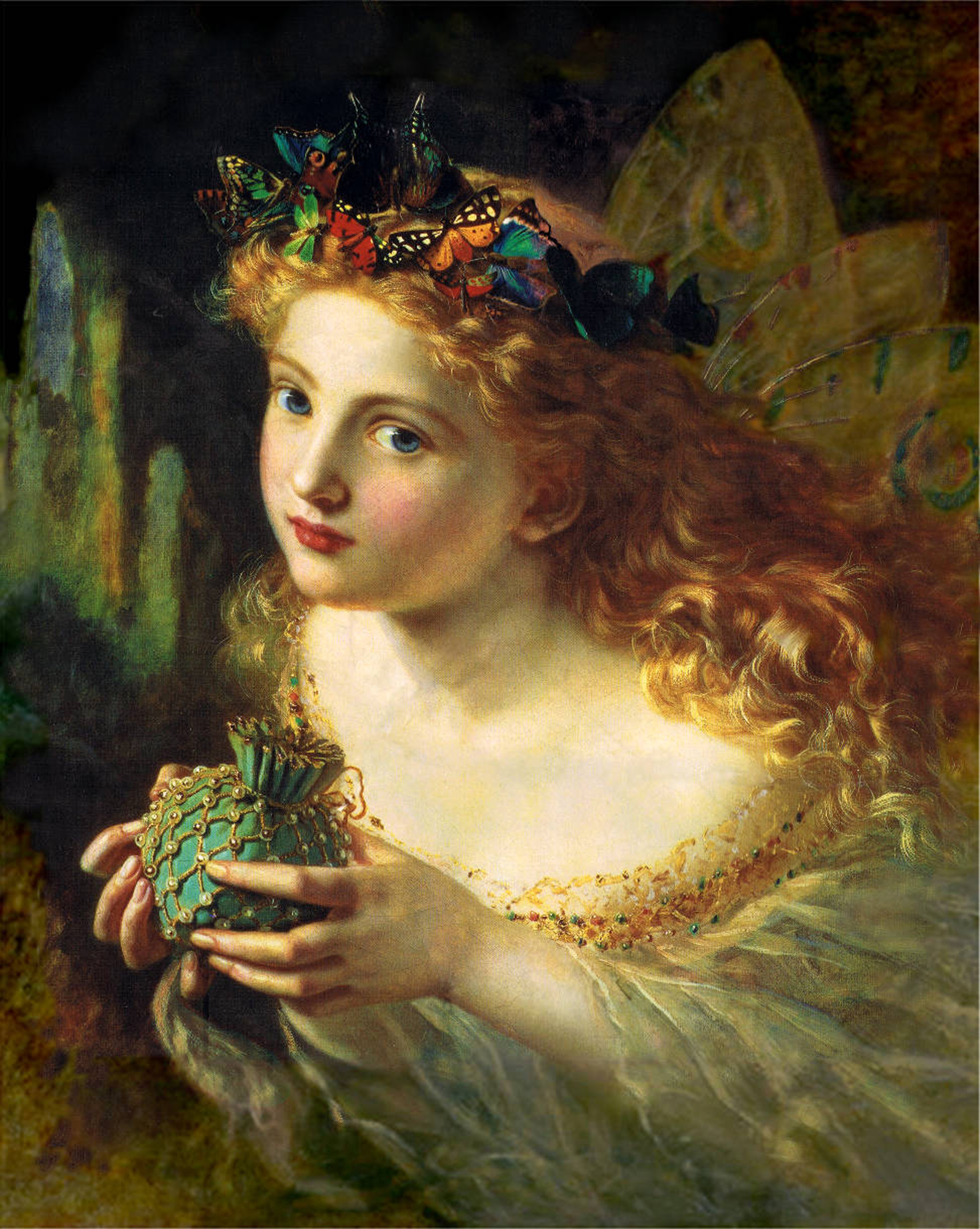“The White People” is a classic short story by Arthur
Machen, a British (Welsh) writer who was a personal friend of Arthur Evans
Waite. Both Waite and Machen were members of the Golden Dawn, but Machen
apparently left the esoteric group after only a brief stay. The novella was
written in 1899 and published five years later.
For some reason, “The White People” is considered a horror story, but I must admit that I didn't feel the horror! The story begins with a certain Ambrose, described both as a lunatic and a very wise man, explaining the nature of evil to a causal visitor named Cotgrave. Real evil, says Ambrose, has nothing to do with murder and rapine. While of course reprehensible, they are at bottom simply breaches of civilized social conduct. No, evil or sin in the robust metaphysical sense is connected to sorcery, to an attempt to “take the heavens by storm”, to mingle what shouldn't be mingled (spiritually speaking), etc. Ambrose then proceeds to give one of his visitors the diary of a young girl, called the Green Book, in which she describes her experiences with magic and the supernatural. This, then, is the supposed Über-evil, but at least to an early 21st century reader, the Satanic implications of the plot aren't all that obvious. Hitler, Stalin and other ill-behaved people who didn't take civilized norms all that seriously strike me as positively worse than the neo-paganism of the Green Book…
What the girl actually describes is her interaction with fairies, called “the white people” in the story. It's strongly implied that her nurse was a fairy herself. The girl, both alone and together with the nurse, carry out secret rituals, chant incantations in mysterious languages and handle idols. Black magic featuring the inevitable voodoo dolls is described, and so are mysterious dances during which human villagers meet the fair folk. The story ends with the girl “poisoning” herself during worship of an idol, the character of which is never described. Some suspect that Machen intended it to be a phallus.
Scared stiff yet?
I suspect that “The White People” is scary only for people who assume already from the start that wild nature, paganism and fairies (or the belief in fairies) simply must be demonic. Presumably, this includes secular believers in Progress and modern Protestant Christians. A more reasonable attitude is that the Fae are ambivalent, just like Nature itself (and just like any strangers you might encounter in a faraway land). If approached with caution and in the right spirit, they will leave you alone or cooperate. If approached otherwise, you will indeed be “poisoned”. Sounds like a reasonable way of doing things, yes? Of course, this is not the attitude of modern civilization, which wants to subdue and control Nature, or force the Divine to work for our own petty ends (as in “The Secret”, according to which the universe will grant you a parking lot outside Wal-Mart if you just name it and claim it). This is presumably what makes the white people so scary – we can't control them, they don't feel they have any particular obligations to us, and they can bite back!
I suspect Machen shared this view. At the end of his story, the wise lunatic Ambrose compares the supernatural to a locked cabinet containing medicine. If a child accidentally finds the cabinet, opens it by force and imbibes the potions, she might poison herself. To an adult, who has the proper key to the cabinet, the same potions can save lives. The “key” is an obvious symbol for an esoteric message. The Celtic Golden Dawn, perhaps?
It seems light and dark are close neighbors…
When I think of it, maybe *that's* scary!

No comments:
Post a Comment